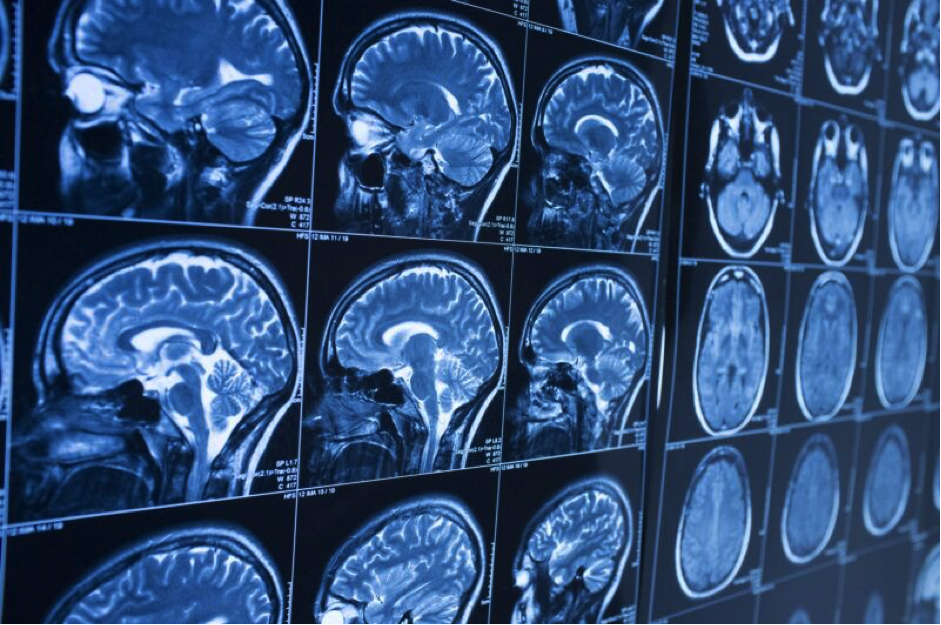
Your Health Magazine
4201 Northview Drive
Suite #102
Bowie, MD 20716
301-805-6805

More Legal and Health Articles
What to Expect Decades After a Traumatic Brain Injury

Recovering from a traumatic brain injury can take months or even years. While many people regain strength and function over time, the effects of the injury often last much longer than expected. Some people begin to notice new or recurring health issues even decades later.
Long after the initial recovery, traumatic brain injury symptoms can still affect memory, mood, coordination, and overall quality of life. These symptoms may change or worsen with age, making long-term care and awareness just as important as early treatment. Understanding what can happen years after the injury helps survivors and families prepare for the future.
The Long-Term Impact of a Traumatic Brain Injury
A traumatic brain injury, or TBI, happens when the brain is damaged by a sudden force, such as a blow to the head or a violent jolt. Even after visible healing, the brain’s delicate tissue may remain vulnerable.
As the body ages, these earlier injuries can cause new challenges. Studies have shown that people who have had a moderate or severe TBI face a higher risk of cognitive decline later in life. This may appear as slower thinking, trouble focusing, or difficulty processing information.
Some survivors also experience renewed physical problems, such as headaches, balance issues, or fatigue that returns after years of stability.
Changes in Memory and Thinking
Memory loss is one of the most common long-term effects of a TBI. Even decades later, some survivors find it hard to recall names, dates, or tasks. This can become more noticeable as they age.
The brain’s ability to store and retrieve information may decline faster for those who have experienced a head injury. Simple activities, such as remembering appointments or following conversations, might become frustrating.
Mental exercises, structured routines, and daily reminders can help manage these memory challenges. Staying mentally active through reading, puzzles, or learning new skills also supports brain health over time.
Emotional and Behavioral Shifts
Emotional changes can appear years after a traumatic brain injury. Some people notice stronger reactions to stress or feel more anxious or irritable than before. Depression is also more common among long-term survivors of brain injury.
These emotional shifts can occur because of changes in brain chemistry or the frustration of dealing with ongoing symptoms. Counseling, medication, or support groups can provide meaningful relief. Having a strong support network is also vital, as it reduces feelings of isolation.
Physical Effects That Resurface
Even when physical recovery seems complete, old symptoms may return later. Many people experience:
- Frequent headaches or migraines
- Dizziness or vertigo
- Sensitivity to light and noise
- Muscle stiffness or coordination problems
These issues may be linked to changes in circulation, nerve function, or aging. Gentle exercise, physical therapy, and regular medical checkups can help manage these recurring problems.
Risk of Neurological Conditions
Research suggests that a history of TBI increases the risk of developing neurodegenerative diseases such as Alzheimer’s or Parkinson’s later in life. This is because brain injuries can cause long-term inflammation or changes in brain structure that develop slowly over time.
It is important for survivors to have regular neurological evaluations as they age. Early screening can help detect problems before they progress. Maintaining a healthy lifestyle, staying active, and managing conditions like high blood pressure can also reduce long-term risks.
Social and Relationship Challenges
Decades after a TBI, social difficulties may still arise. Survivors might struggle to keep up with conversations, maintain friendships, or manage emotional reactions in social settings. This can lead to frustration or withdrawal.
Open communication with family members and friends is essential. Explaining what you are experiencing helps others understand and offer support. Joining brain injury support groups, either online or in person, can also help rebuild confidence and connection.
Importance of Continued Medical Care
Even years after the original injury, regular checkups are critical. A primary care physician or neurologist should monitor any changes in memory, coordination, or emotional health.
Many survivors find that revisiting rehabilitation therapies—such as speech, occupational, or physical therapy—can restore lost skills or improve daily functioning. Rehabilitation is not limited to the early stages of recovery. It can provide benefits at any time, even decades later.
Taking Care of the Brain as You Age
The brain, like any part of the body, benefits from healthy habits. Getting enough sleep, eating nutrient-rich foods, and staying physically active can all help preserve brain function. Avoiding smoking, limiting alcohol, and managing stress are equally important.
Cognitive activities such as puzzles, creative hobbies, and learning new things keep the mind sharp. Mindfulness and meditation can also improve focus and emotional balance.
Key Takeaways
- Traumatic brain injury symptoms can return or evolve many years later.
- Memory, mood, and coordination issues may become more noticeable with age.
- Regular medical checkups and neurological monitoring are essential.
- Emotional changes such as anxiety or depression can occur even decades later.
- Physical effects like headaches or dizziness may resurface with time.
- Healthy lifestyle habits and brain exercises help maintain function and independence.
- Support groups and therapy can make long-term recovery easier to manage.
Other Articles You May Find of Interest...
- Understanding the Dangers of IVC Blood Clot Filters
- The Hidden Cost of a Cancer Misdiagnosis in St. Petersburg
- Understanding the Causes Behind Medical Negligence
- Warning Signs of a Spinal Cord Injury You Shouldn’t Miss After an Accident
- 7 Important Steps to Maintain Motivation After an Injury
- Understanding Pain and Suffering in Personal Injury Claims
- A Guide to Choosing a Professional and Established Law Practice














